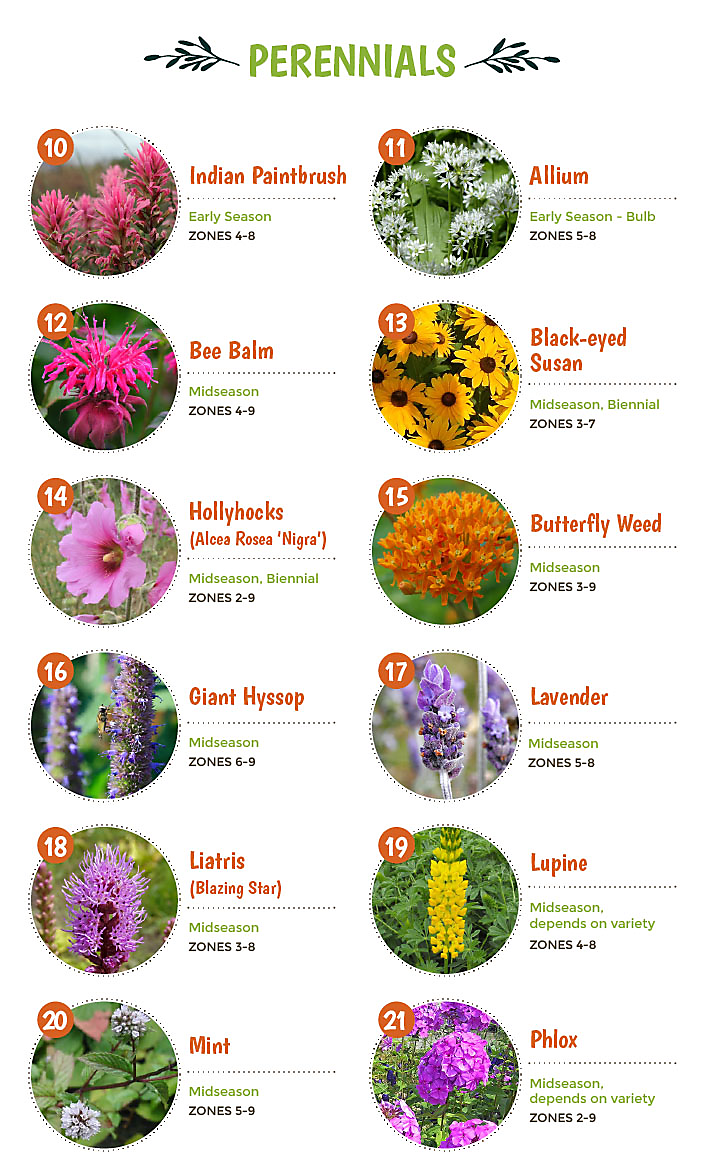Attract Pollinators with These Top Flowers, Boost Your Garden's Biodiversity

Best Flowers for Attracting Pollinators: Enhance Your Garden's Biodiversity
In the realm of gardening, aesthetics often take precedence, but there's more to cultivating a garden than mere beauty. One crucial consideration is attracting pollinators, vital for our ecosystems' health. Pollinators such as bees, butterflies, and hummingbirds play pivotal roles in plant reproduction, ensuring food supply continuity and biodiversity maintenance. This article delves into the best flowers for attracting pollinators and ways to integrate them into your garden to boost biodiversity.
Pollinator-Friendly Blooms for Your Garden
Pollinators gravitate towards flowers offering nectar, pollen, and shelter. Here's a selection of top flowers renowned for attracting these crucial insects:
Attract Bees and Butterflies with These Blooms
Lavender (Lavandula spp.): Known for its calming fragrance, lavender is a magnet for bees and butterflies. Its long, tubular flowers provide abundant nectar and pollen.
Sunflowers (Helianthus annuus): Towering and iconic, sunflowers attract a diverse array of pollinators, including bees and butterflies.
Zinnias (Zinnia spp.): Vibrant and low-maintenance, zinnias offer continuous nectar and pollen, making them irresistible to bees and butterflies.
Hummingbird-Attracting Blossoms
Tuberous Begonias (Begonia tuberhybrida): Beloved by hummingbirds, tuberous begonias provide a rich source of nectar.
Salvia (Salvia spp.): With varieties like Salvia coccinea and Salvia guaranitica, salvia is a favorite among hummingbirds.
Fuchsias (Fuchsia spp.): These colorful blooms are a staple in gardens and highly favored by hummingbirds.
Biodiversity-Boosting Flowers for Your Garden
Diversifying your garden with various flowers not only attracts pollinators but also enriches biodiversity. Consider these flowers known for their pollinator-friendly attributes:
Vibrant Pollinator Plants
Asters (Aster spp.): Available in a spectrum of colors, asters bloom late in the season, providing vital nectar and pollen for pollinators.
Coreopsis (Coreopsis spp.): Easy to cultivate, coreopsis ensures a steady supply of nectar and pollen, appealing to bees and butterflies.
Lantana (Lantana spp.): Adored by pollinators, lantana offers abundant nectar and pollen throughout its flowering season.
Tips for Attracting Pollinators
To optimize your garden for pollinators:
Plant in Clusters: Grouping flowers together enhances their attractiveness to pollinators.
Provide Shelter: Include plants like tall grasses or shrubs that offer shelter for pollinators.
Avoid Pesticides: Opt for organic pest control methods to safeguard pollinators.
Water Regularly: Ensure your garden has a reliable water source, vital for pollinator survival.
Conclusion
Attracting pollinators not only benefits the environment but also enhances your garden's visual appeal. By incorporating pollinator-friendly blooms and biodiversity-boosting flowers, you create a sanctuary for these vital insects. Remember to cluster plantings, offer shelter, avoid pesticides, and maintain adequate watering for a thriving garden ecosystem.
FAQs
Q: What are the best flowers for attracting bees and butterflies? A: Lavender, sunflowers, and zinnias are excellent choices for attracting bees and butterflies.
Q: How can I attract hummingbirds to my garden? A: Tuberous begonias, salvia, and fuchsias are all hummingbird-attracting flowers.
Q: What are some biodiversity-boosting flowers I can plant? A: Asters, coreopsis, and lantana are great choices for boosting biodiversity in your garden.
Q: How can I ensure my garden is pollinator-friendly? A: Plant in clusters, provide shelter, avoid pesticides, and water regularly to create a welcoming environment for pollinators.
Q: What are some tips for maintaining a healthy garden ecosystem? A: Regularly prune plants for new growth, avoid overwatering, and use organic methods to control pests.
For further insights on attracting pollinators to your garden, refer to this comprehensive guide from Gardeners' World.
0 Response to " Attract Pollinators with These Top Flowers, Boost Your Garden's Biodiversity"
Post a Comment